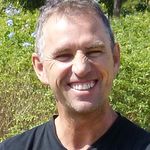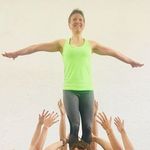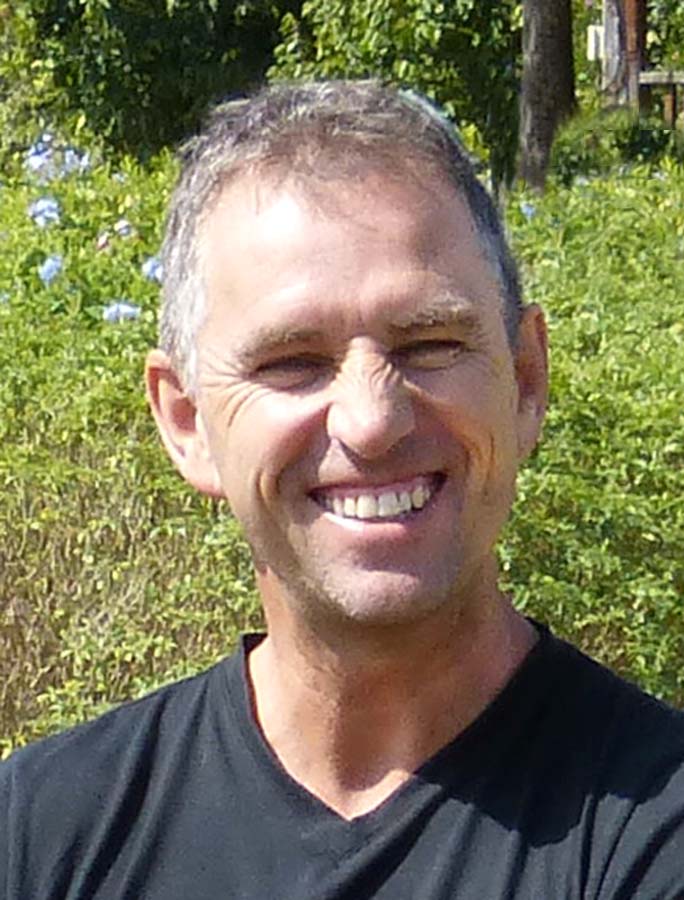
Sabine: A-level sports in school, years of kayaking, skiing, volleyball and running... it sounds like sports have played a major role throughout your entire life. How and when did yoga come into the picture?
Ulli: Sports and movement are essential to my life. Without sports, I am a grumpy person. In 1996 I completed my studies to become a physical therapist. At that time we worked with movements found in qi gong, tai chi and yoga. In addition, we were exposed to various meditation techniques. It was then that I realized that the monotonous movements in kayaking and playing volleyball led me to what were actually my first meditative experiences. Meditation and yoga have grounded me in such a profound way back then that I took up a regular practice in both.
Sabine: Has your personal practice changed over the years? As I understand pranayama is a very important element in your practice. Has it always been that way?
Ulli: Yoga has been a consistent part of my life for years, although it was more of a secondary interest of mine. Today, yoga has become the center of my attention. For a long time I taught myself asana and practiced the postures with a concentration more similar to that of gymnastics with a clear focus on my breath. Later, the many therapeutic elements of Roque Lobo, as well as the philosophical principles of Buddhism and Hinduism infused my practice. Pranayama helped me to get through the tsunami in Thailand. It has also helped me through some very strenuous and stress-filled phases of my life such as when I opened my physical therapy practice or during some periods of my homeopathic and osteopathic training. Regular attention to breath and a stable asana practice have saved me from falling apart at many times.
Sabine: In 2014 you decided to switch gears and start teaching yoga instead of just practicing for yourself. You chose the AYI® Inspired teacher training, and now you are continuing with the AYI® Advanced teacher training. What were your reasons for this? Why did you choose the training with AYI®?
Ulli: It was the clear choice for me because of my fascination with the connection of movement and breath. I was immediately presented with how exertion and stress can affect the quality of one's breath and the state of one's mind. The precision and anatomical meticulousness of movement hit a strong nerve with me. Furthermore, the AYI system offers possibilities that work for athletes, children as well as seniors, offering me a wide range of application possibilities in my profession as a PT. I've learned to really appreciate how the system of practice, while still well-rooted in tradition, is continuously evolving.
Sabine: After receiving your AYI® Inspired certification, you immediately starting assisting subsequent training groups. Has the quality of your practice changed as a result?
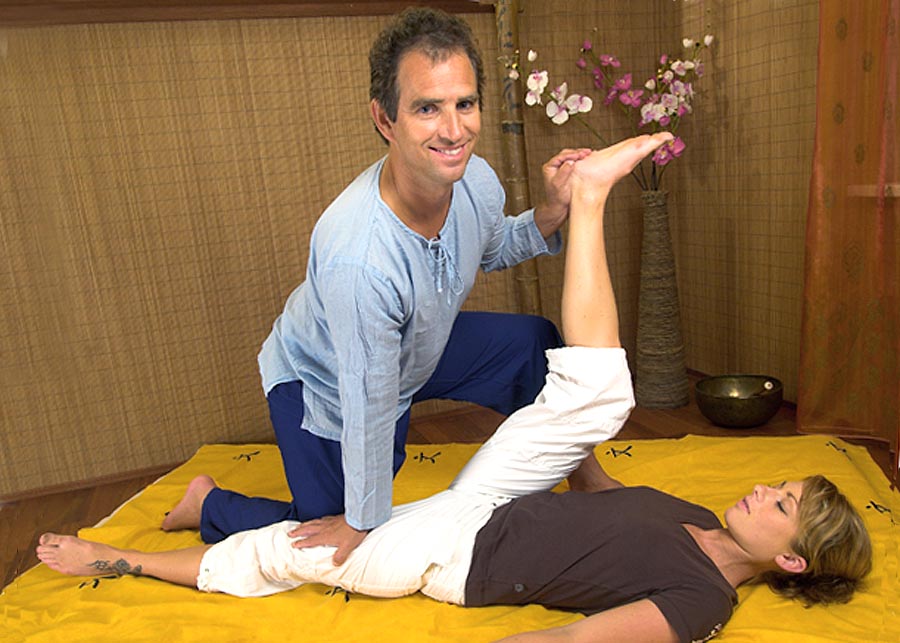
Ulli: It was a gift and a great honor to be able to assist Ralph in his teacher training. It gives you a great opportunity to reflect on yourself, to expand your own point of view, and to be part of the symbiosis of the group. My only advice for anyone participating in teacher trainings: Assist at every chance you can! It will change your own practice, will ground you, inspire you and perhaps even teach you how much of a blessing the gift of touch really is.
Sabine: I think it's obvious that you are living your yoga practice. At the same time you are still active in other sports and, for example, have been coaching a women's volleyball team for many years. Does yoga influence your coaching as well?
Ulli: I'm not as resolute on winning as I used to be. Now it's more about the pleasure of playing together and learning from one another. I still get nervous when I sit on the bench as the coach and I still prefer to win than to lose, but it's more relaxed and with a smile on my face. This sense of calm also crosses over to my players.
Sabine: You mentioned that yoga has played a role in your career as physical therapist and has helped you to overcome trying situations as well. Do you apply yoga when working with your patients?
Ulli: Yoga plays a very large role. I only give my patients exercises that connect with breathing. Thai massage is kind of a lazy form of yoga, but nevertheless, it only works when breathing is involved. The same applies to fascia mobilization. Here a careful focus on the respiratory rhythms of the body will facilitate treatment. At the same time, yoga has taught me to find my own center through my breath, and to be mindful without being energetically burdened or overly absorbed in myself. Yoga gives me the necessary foundation to help people every day and to support them. It creates a distinct connection between the heart and the mind.
Sabine: Speaking of Thai massage, you trained directly in Thailand for this. Do you think there are any differences between the approach in Germany versus in Thailand? In particular with regard to the holistic aspect?
Ulli: In Germany you memorize all of the theory first, because you are afraid of doing something wrong. In reality, the better approach is to sit and discuss solutions for a few hours without really understanding anything. In Thailand I learned full-body massage techniques, then meridians, names of acupressure points, as well as anatomy and physiology. To my mind, even those who have studies to be doctors have first learned a trade. In Thailand, I first needed to develop a feel for what I was doing and a sense of personal responsibility. If I work attentively, my actions are careful. Additionally, advanced students are integrated in training beginners right away which helps to reinforce the knowledge you have learned.
The basis of any treatment in Thailand is to respect the other person as a divine creature. It is a very high honor to be able to touch another human being. The treatment is first and foremost a spiritual and energetic act. The same applies to the responsibilities of a yoga teacher. In this way, it is very easy to connect the two disciplines.
Sabine: As a physical therapist with many years of experience, you know a lot about anatomy such as muscle groups or the interaction among joints. Here there is probably very little new for you. Why are the MTCs still exciting for you as a PT?
Ulli: The MTCs allow me to actively question what I have learned as a PT. So far, everything I have learned through AYI has worked and appears scientifically sound. As an athlete, I have done a lot of things simply because that is how I was taught to do it. AT the MTCs I can practice myself and learn how my own body reacts to adjustments and alignment and explore the beauty of connecting movement, posture and breathing. In every MTC I add a new building block which I could add-on, change, renew or expand my 'yoga house'. Each time I make a bit more progress.
Sabine: That is great to hear! Let's think to the last play of the game - do you have any questions for Ronald or the AYI® Team?
Ulli: What do I do when the training is over?
Sabine: I believe I can give you the answer to this one right away. Participate regularly in the annual Expert Convention, what else? Thank you so much for your time and your personal insight with regard to your work and your yoga journey.

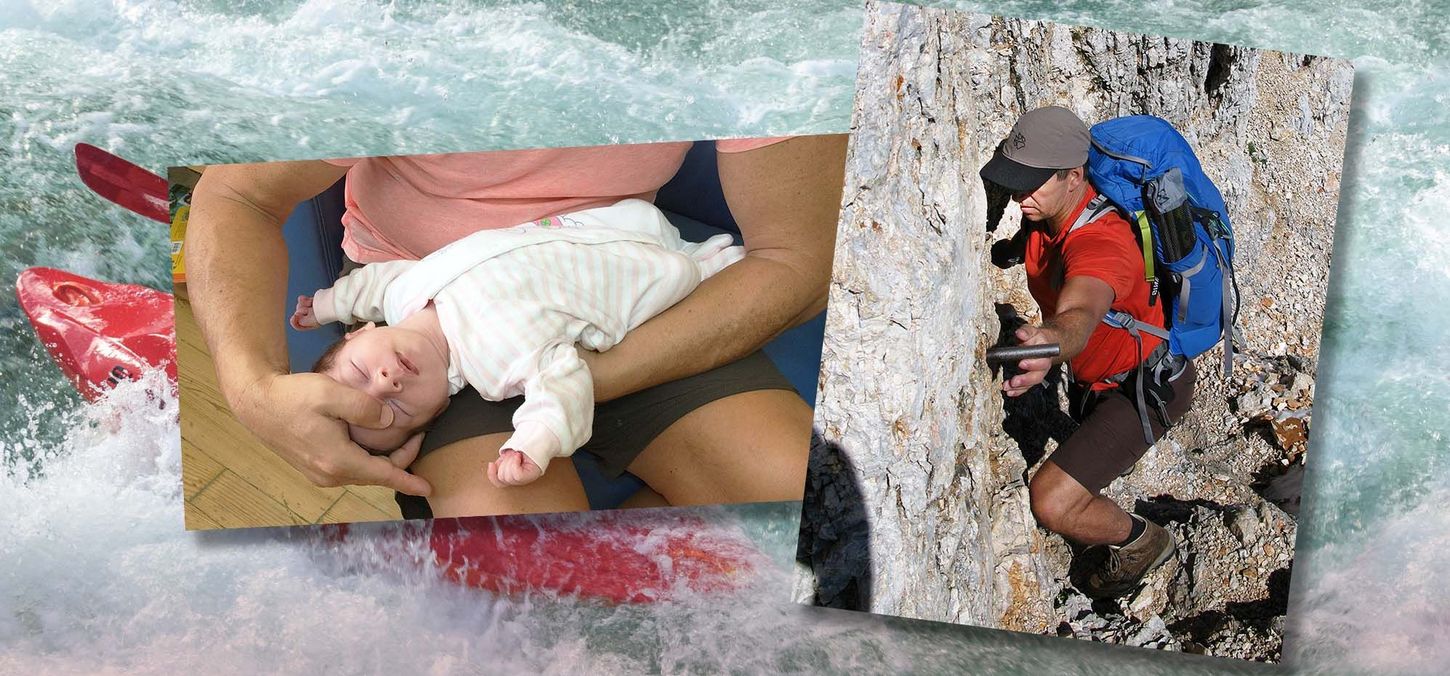


 Ulrich Schäfer
Ulrich Schäfer
 Dr. Sabine Nunius
Dr. Sabine Nunius
